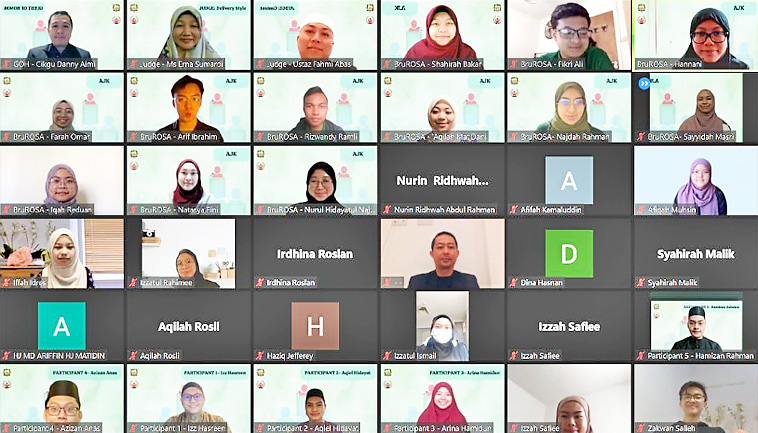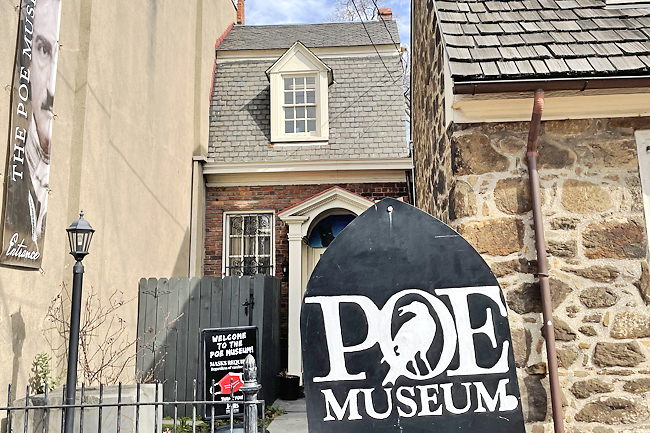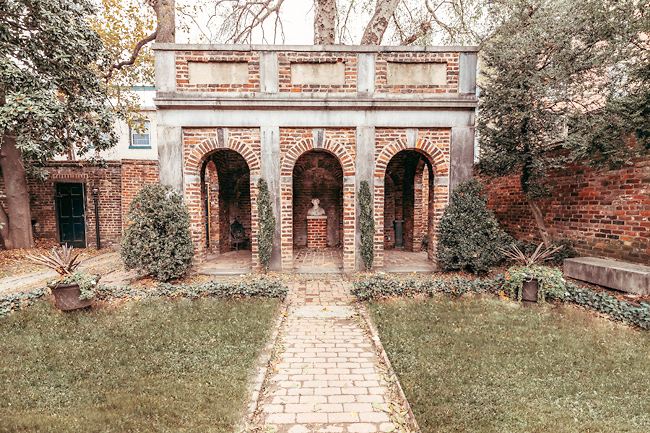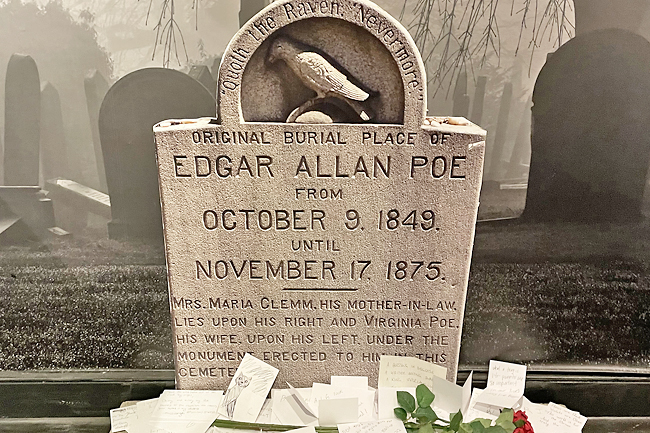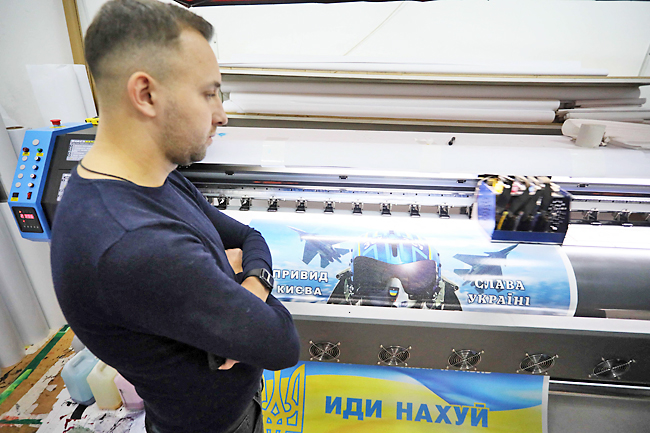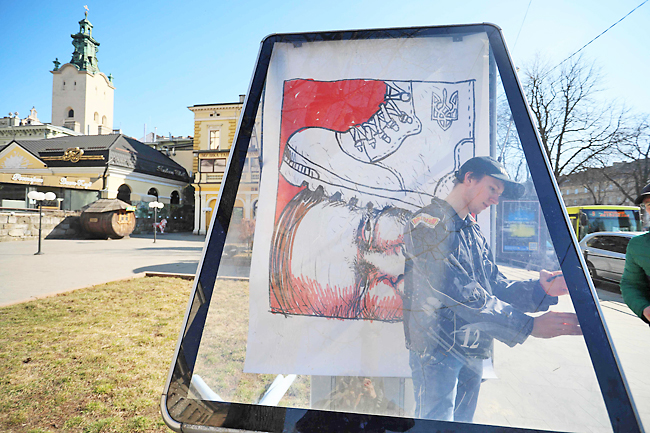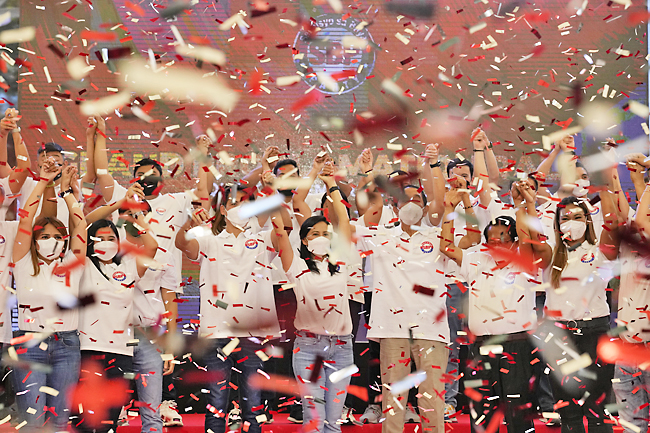SYDNEY (AFP) – World number one Ashleigh Barty’s sudden retirement has left a gaping hole in women’s tennis, already preparing for life without ageing superstar Serena Williams and with Naomi Osaka sliding down the rankings.
But there are plenty of reasons for long-term optimism. AFP Sport looks at the young generation jostling to become the next face of women’s tennis:
IGA SWIATEK
The increasingly confident Pole leads the pack. Aged just 20, Swiatek, whose father was an Olympic rower, is in line to become the new world number one when the updated rankings are released on Monday.
She shot to prominence by winning the French Open in 2020 and has shown remarkable consistency, making the second week for a sixth consecutive Grand Slam during the Australian Open in January.
After posting her first top-10 year-end finish in 2021, Swiatek made the semis at Melbourne Park, won Doha in February, then emphatically claimed the Indian Wells title last week.
Born in Warsaw, she is the first player since Caroline Wozniacki in 2009 to win five or more titles before turning 21, showing a more aggressive style since recruiting Tomasz Wiktorowski as her coach.
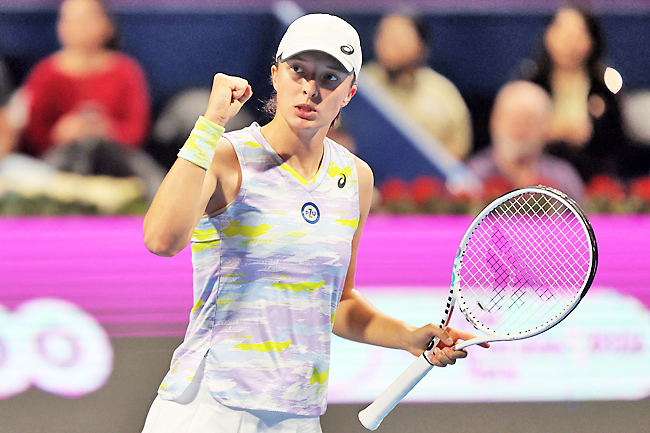
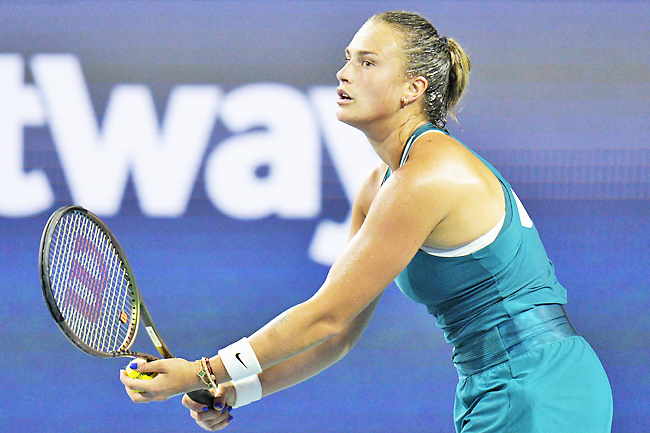

ARYNA SABALENKA
The powerful Belarusian has banked 10 singles titles with her explosive all-court ability.
Still only 23, she won two crowns during the 2021 campaign and made the semi-finals at Wimbledon and the US Open to reach a career-high ranking of two.
But she readily admits nerves can get the better of her and her abilities were questioned this year when she self-destructed at two season-opening tournaments in Australia, reduced to tears as her serve deserted her.
Sabalenka’s serving woes continued at the Australian Open and she has failed to make an impact at three tournaments since, leaving the Minsk-born right-hander needing to regroup.
EMMA RADUCANU
The 19-year-old Briton stunned the world of tennis as she won the US Open as a qualifier last year without dropping a set.
But she has struggled to repeat those exploits. In seven tournaments since, her best run was into the quarter-finals of the Transylvania Open in October.
Raducanu though has time on her side and she said in Miami this week that the early exits had not dented her confidence and she planned to stay in the game into her 30s.
Ranked number 13, she is on her first full season on the WTA Tour. With new coach Torben Beltz by her side she will be looking to show why tennis is so excited by her potential.
COCO GAUFF
The 18-year-old American is another prodigious talent with the world at her feet.
She won hearts as a 15-year-old in 2019 at Wimbledon when she arrived as a qualifier and reached the last 16, beating five-time champion Venus Williams along the way. Her exploits sparked ‘Coco Mania’ as she received messages of congratulations from far and wide and she went on to win her first WTA title that year.
Her second title came in 2021, a year in which she also beat Barty in Rome and made her first Grand Slam quarter-final at the French Open.
Currently ranked 17th, one place below her career best, Gauff models herself on the Williams sisters, pointing to their tenacity and fearlessness.
LEYLAH FERNANDEZ
Fernandez’s stunning exploits at the US Open last year, where she knocked out defending champion Osaka, world number two Sabalenka and fifth-ranked Elina Svitolina before losing to Raducanu in the final, earmarked her as a future star.
Not since Serena Williams at Wimbledon in 2012 had a player beaten three top-five rivals in a Slam, putting her in esteemed company.
The 19-year-old Canadian couldn’t repeat her exploits at the Australian Open this year, crashing to a wildcard in round one.
But she took it in her stride, vowing to get straight back on the practice court and she retained her WTA Monterrey crown last month.
Coached by her father, the trilingual teenager – who speaks fluent English, French and Spanish – said that Barty was a role model and wanted to follow in her footsteps.


